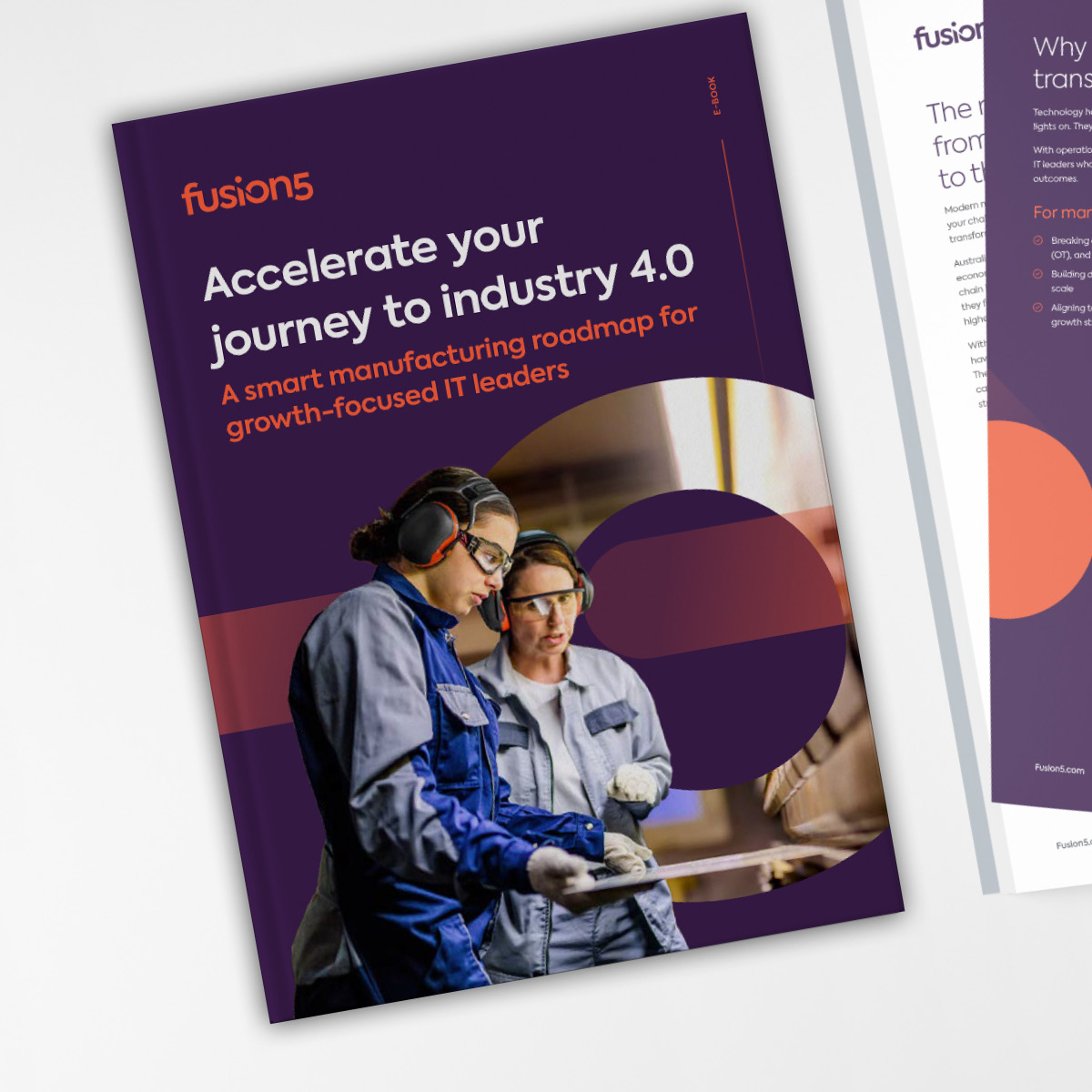by Jacob Gunzburg, CFO, Fusion5
Balancing the AI books
As a CFO for a technology business, AI is both a compelling efficiency play and a budgeting conundrum. Treat AI like any other capital investment - but with tighter guardrails, shorter payback expectations, and more caution.
Start small, move (and fail) fast
The "fail-fast" approach becomes crucial in AI project management. Rather than committing large sums to uncertain outcomes, set clear financial thresholds and kill switches, such as stopping projects that reach 60% of their budget without demonstrating value.
We’ve discovered that early wins often come from small, targeted tools built in relatively short periods of time. From experience, we’ve found that lightweight builds minimise incremental cost, create quick proof points, and reveal where to scale - or where to stop.
Yes, ROI matters (but measure it differently)
ROI is still king – even if you have to bend the ruler! Traditional ROI calculations become complex with AI projects, especially for back-office functions. AI benefits often manifest as increased capacity rather than reductions in headcount. Measure "hours back" for high-value activities and quality improvements instead of immediate OPEX savings.
The challenge lies in accurately modelling both costs and benefits. My advice:
- Start with the problem, not the technology. For efficiency goals, quantify released hours and translate to dollars. For accuracy/insight goals, define acceptable error rates or cycle times.
- Model payback the same way you would for any other capex: upfront cost plus a contingency, versus discounted cash benefits over time. AI solutions can continue learning and improving over time, potentially creating accelerating returns that are difficult to predict.
- Aim for a short payback window. The rapid pace of technological advancement means that what’s cutting-edge today might become obsolete not long after.
Build real guardrails
AI is still greenfield. Unknowns are high, and technology can leapfrog at pace.
That means:
- Use stage gates and kill switches.
- Add contingency to both cost and timeline, be conservative on benefits.
- Track adoption and throughput changes, not just model accuracy.
- Model the investment like any capex with a DCF: upfront build plus ongoing costs vs. a multi-year benefit stream.
Prioritise the right problems
AI shines where grunt work dominates - document review, reconciliations, reporting prep - freeing teams to focus on value-added analysis. In finance, specifically, robust AI solutions are still emerging – so remain open and experiment while resisting big bets without clear outcome visibility.
My recommendation to fellow CFOs: treat AI as capital investment with stricter controls. Start small, measure relentlessly, and scale only when math and adoption prove successful. This approach protects downside risk while capturing upside potential in this rapidly evolving landscape.











